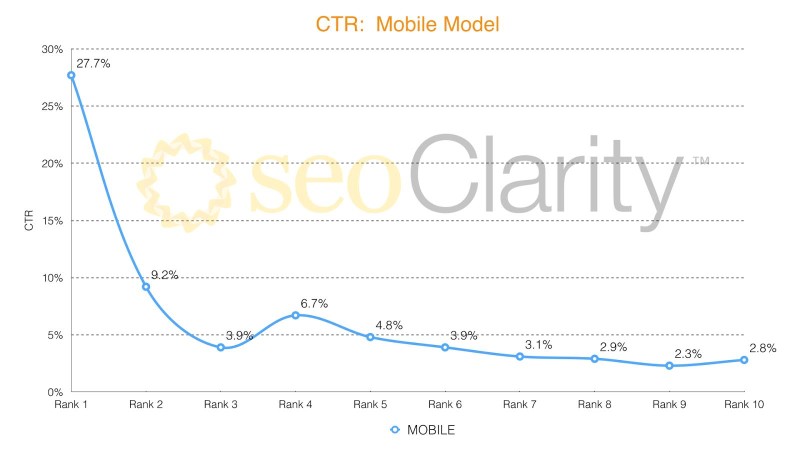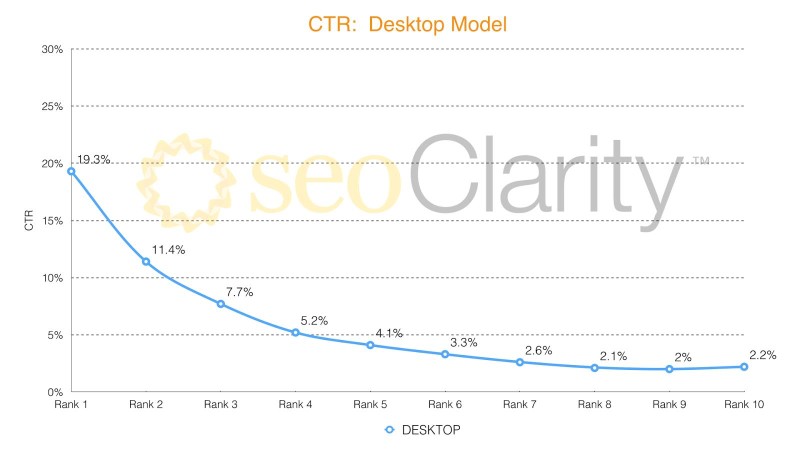 If you are still running SEO the same way you were at the start of the year you are already behind the curve. SEO is constantly changing and proper SEO strategies need to be well-planned enough to stay on target over long periods of time while also flexible enough to adapt to the constant guideline changes, algorithm roll-outs, and new ideas about usability.
If you are still running SEO the same way you were at the start of the year you are already behind the curve. SEO is constantly changing and proper SEO strategies need to be well-planned enough to stay on target over long periods of time while also flexible enough to adapt to the constant guideline changes, algorithm roll-outs, and new ideas about usability.
In the past year alone, Google has pushed out 13 updates to algorithms that the public knows about. That number is just the big algorithms that people might know by name such as Penguin and Panda, while there has also been a multitude of more incremental changes that have gone undocumented in the public.
You don’t have to rebuild your SEO plans from the ground up every time there are significant changes over at Google, but you need to keep the biggest changing trends in mind as you progress and refine efforts. As we head into 2015, consider the most important shifts in SEO thinking that have happened over the past year.
1. Focus on Mobile Traffic
This may not be the newest shift in SEO, but it is more important than ever and all indications suggest mobile isn’t slowing down any time soon. Google has also shown their commitment to improving the mobile web with the introduction of mobile analytics tools and new warnings for users who are about to click on non-mobile friendly websites.
You can see if your site passes Google’s mobile-friendly test here, but don’t stop with that. Ensure your mobile site lives up the standards set by your desktop page and your company to keep mobile customers coming.
2. Optimizing for Alternative Search Engines
There is plenty of evidence to suggest that 2015 may be the year when Google’s iron grasp on search market share could start to crumble. Google has lost some major clout as Firefox replaced the search giant with Yahoo as the default search engine for the browser. Google’s agreement with Safari is also ending this year, and Apple seems keen to replace their competitor’s search engine with a more neutral option such as Bing, Yahoo, or even DuckDuckGo.
Even if Google maintains a strong majority of the market share (which they likely will) you should still make it your mission to be visible across all platforms, not just the most popular one.
3. Stop Focusing on Rankings and Start Looking at ROI Metrics
Rankings are so last year. Since all the major search engines have put a heavy emphasis on personalized search results that cater to users’ interests and location data, there is no guarantee your site will show as the top result for someone else even if it is the top result for you. Instead, turn your attention to return on investment. It offers a more accurate depiction of how your online marketing efforts are working, and gives a more direct understanding of the value of your SEO.
4. Emphasize Social Media
In the past, emphasizing social media basically meant blasting the same updates across every platform you can find. But, social media has matured and users won’t respond to your efforts if you treat every platform as the same. You should learn the unique demographics and behaviors of any social media platform you are considering sharing on, and ensure your ideas, voice, and medium match the crowd.
More importantly, social media users expect brands to more than just yell at them. Users expect ways to engage your brand and establish a more personal connection. The best solution is to isolate two or three social media platforms that best suit your brand and build on your efforts there. If you can really succeed there, you won’t need to be on the other social sites.
5. Earn Links, Don’t Hoard Them
You have most likely heard the routine proclamations that “links are dead!” more than once since Google began cracking down on weak or suspicious link portfolios. However, this is no truer now than when the internet first gained a foothold in our society. Links are still the most influential signal of trust and authority to search engines and that is going to stay the case for quite some time. However, the game has changed in a couple important ways.
Back in 2011, you could purchase countless low-quality links to masquerade as a reputable site. Now, Google has means of seeing through the mask. Google can analyze link quality and they don’t take kindly to poor quality, irrelevant links meant to boost visibility without effort. In 2015, earning a single high-quality link the right way is worth more than any number of links you could buy or collude to gain. Put your effort into proper SEO and you’ll find success. Rely on shady tactics and Google will be hunting for you.


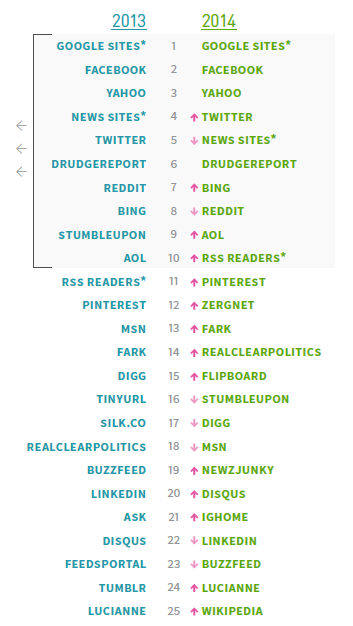
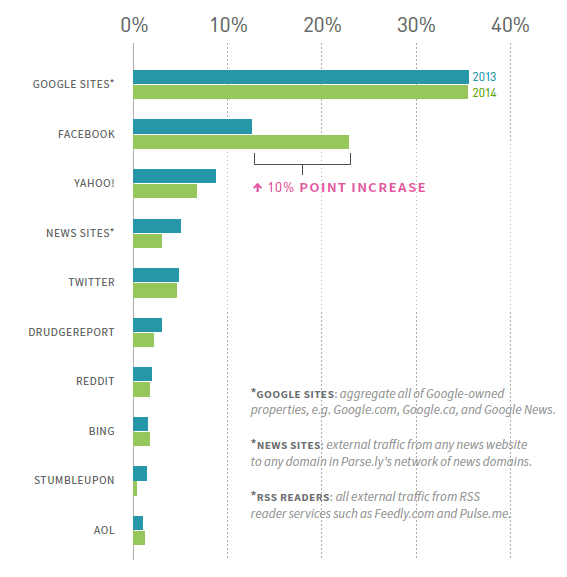
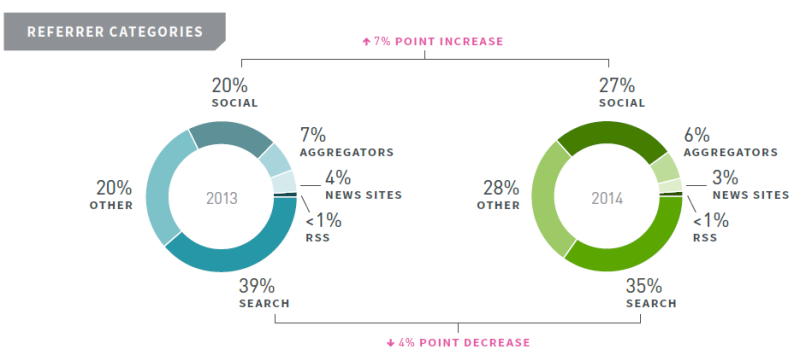
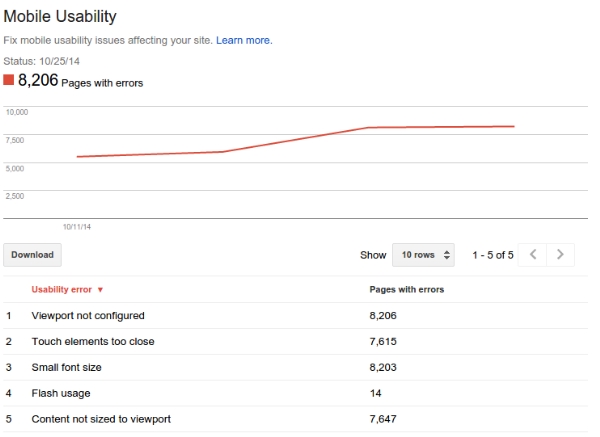
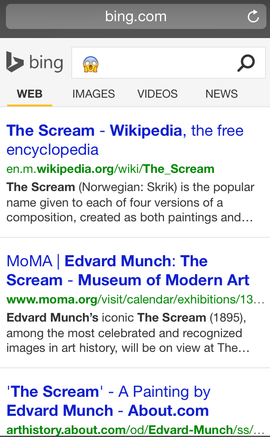
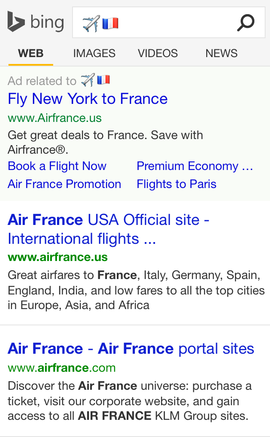
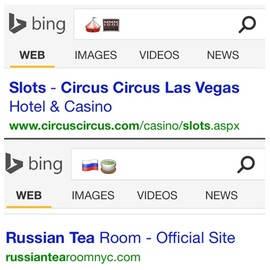
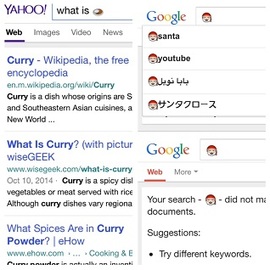
 Facebook has long been the favorite social media platform for sharing content, but if a report from the
Facebook has long been the favorite social media platform for sharing content, but if a report from the 
